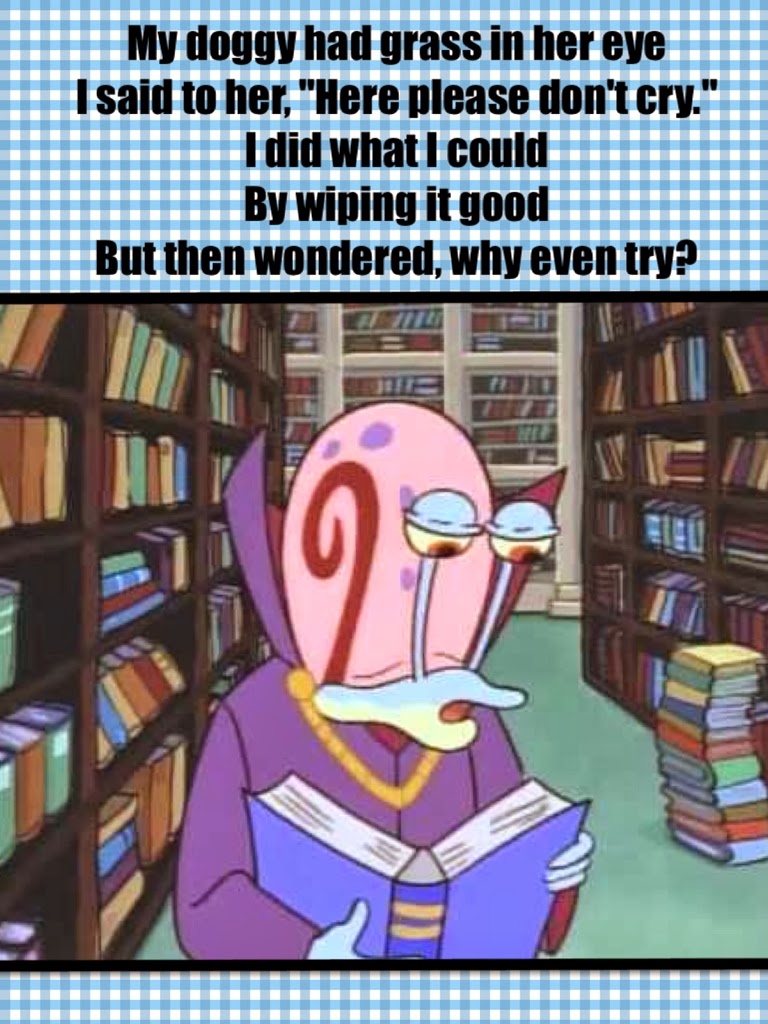Mrs. M taught a great lesson on "Ozymandias" and poetry analysis. She started out by having the students listen to "Viva la Vida" by Coldplay. As they listened, they used Padlet to record words and phrases that stood out to them during the song (Padlet is like an online corkboard that allows each of the students to post notes simultaneously).
After they listened to the song (which they loved), Mrs. M pulled up Padlet on the smart board and organized the posts they had all contributed to give the class an idea of what had stood out to everyone. Next, the class had a discussion on the meanings of the words and phrases they had written to figure out what the song was about. They also went through the lyrics and identified figurative language. The kids made great connections and got a lot out of the song.
Next, Mrs. M introduced Ozymandias by first talking about the author's background as well as the background of the poem. Ozymandias was written by Percy Bysshe Shelly as part of a bet with his friend and fellow poet, Horace Smith. When the bust of Ramses II was shipped to a London museum, Shelly and Smith made a friendly wager to determine who could write the better poem about the Ramses the Great, or Ozymandias.
Here are their two poems:
"Ozymandias" by Percy Bysshe Shelly
I met a traveler from an antique land
Who said: Two vast and trunkless legs of stone
Stand in the desert. Near them, on the sand,
Half sunk, a shattered visage lies, whose frown,
And wrinkled lip, and sneer of cold command,
Tell that its sculptor well those passions read
Which yet survive, stamped on these lifeless things,
The hand that mocked them, and the heart that fed;
And on the pedestal these words appear:
“My name is Ozymandias, king of kings:
Look upon my works, ye Mighty, and despair!”
Nothing beside remains. Round the decay
Of that colossal wreck, boundless and bare
The lone and level sands stretch far away.
"Ozymandias" by Horace Smith
In Egypt's sandy silence, all alone,
Stands a gigantic Leg, which far off throws
The only shadow that the Desert knows:—
"I am great OZYMANDIAS," saith the stone,
"The King of Kings; this mighty City shows
"The wonders of my hand."— The City's gone,—
Nought but the Leg remaining to disclose
The site of this forgotten Babylon.
We wonder,—and some Hunter may express
Wonder like ours, when thro' the wilderness
Where London stood, holding the Wolf in chace,
He meets some fragment huge, and stops to guess
What powerful but unrecorded race
Once dwelt in that annihilated place.
The students analyzed "Ozymandias," compared "Ozymandias" to "Viva la Vida,"
Red Scarf Girl, and Smith's "Ozymandias" through class discussions held over a couple of class periods. Does that give you a good idea of how impressive my GT kids are???
I have also seen Ozymandias taught a couple of other ways. In my Literary analysis course through BYU, we compared Ozymandias to "On the Vanity of Earthly Greatness" by Arthur Guiterman, and then had to describe which was better poetry. This poem would also be very appropriate for younger audiences.
OZYMANDIAS COMPARISON POEMS. State, of these two poems of similar theme, which contains the more excellent poetry. Then, briefly, tell whether the other is bad or whether it can be praised for achieving something different.
"On the Vanity of Earthly Greatness by Arthur Guiterman
The tusks that clashed in mighty brawls
Of mastodons, are billiard balls.
The sword of Charlemagne the Just
Is ferric oxide, known as rust.
The grizzly bear whose potent hug
Was feared by all, is now a rug.
Great Caesar’s bust is on the shelf,
And I don’t feel so well myself.
A couple of my classmates at UTD also taught lessons on Ozymandias and included this interpretation by Bryan Cranston (Breaking Bad).
We weren't sure about using this one with 6th graders because of the association they may discover...
Sources:
Padlet // padlet.com
Viva la Vida // http://www.youtube.com/watch?v=dvgZkm1xWPE
Brian Cranston recites "Ozymandias" // http://www.youtube.com/watch?v=T3dpghfRBHE








